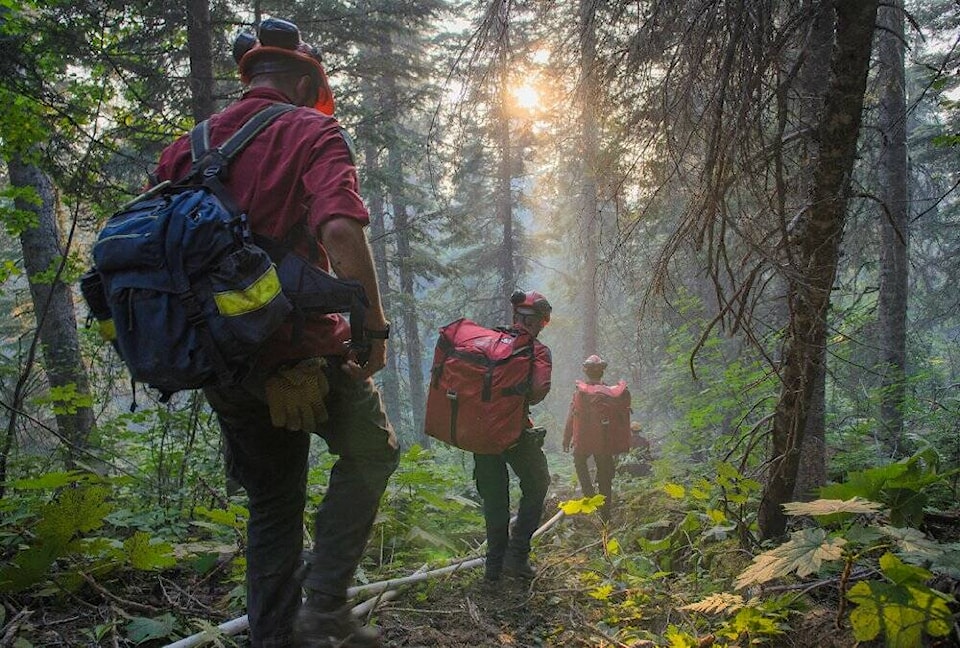The Deadwood Innovations pilot project in Fort St. James is proceeding through its development stages according to Owen Miller, president of Deadwood.
“We call our process wood modification. It’s completely novel. There are no comparable engineered wood products on the market,” said Miller. “We achieve wood modification through a combination of mechanical and chemistry innovations. We take the tree apart, slightly, and then put it back together through a combination of mechanical and chemical forces.”
The pilot-scale manufacturing plant is sited at the former Tl’Oh Forest Products mill.
“Our first move after forming Deadwood innovations and proving the concept was seek a partnership with the Nak’azdli Development Corp,” said Miller.
“We’re very proud of our partnership with the Nak’azdli.”
Together, Miller said, they are leading the journey into what he calls Forestry 2.0. The Deadwood process is fibre-agnostic, Miller explained, and can use a variety of wood sources and transform it into engineered wood products.
After forming the partnership, Miller said, they accessed funding through provincial and federal grant programs to engineer and procure and build the pilot plant with the technology they had developed.
“That’s where we are now. We’re approximately halfway through the R&D phase of the pilot project,” said Miller, adding they are scheduled to start a front end engineering and design study this month.
The province of B.C. is helping out with funding provided through the Indigenous Forest Bioeconomy Program, supports increased Indigenous participation in the forest sector and the development of an Indigenous-led forest bioeconomy in B.C. The aim is to increase the use of fibre and create economic opportunities.
“There are a lot of wood products out there that are that are high cost and difficult to produce right now. The forest health has been greatly impacted by pine and spruce beetles and forest fires. We don’t have an abundance of those big diameter healthy soft woods anymore, said Miller, adding that in their process, neither the condition or species of the tree matters. “We break it down and put it back together with desirable characteristics.
“We feel we’re innovating, not just with new technology, but with our partnerships and environmental stewardship.”
“Strengthening B.C.’s forestry sector means tackling the challenges of today, while making sure we seize the opportunities of tomorrow,” said Katrine Conroy, Minister of Forests. “This will take all of us working together – the provincial government, First Nations and the forestry industry – to drive forward innovation and greater sustainability, support increased Indigenous participation, and create more jobs for every tree harvested. The work being done by Deadwood Innovations is a perfect example of this vision in action.”
